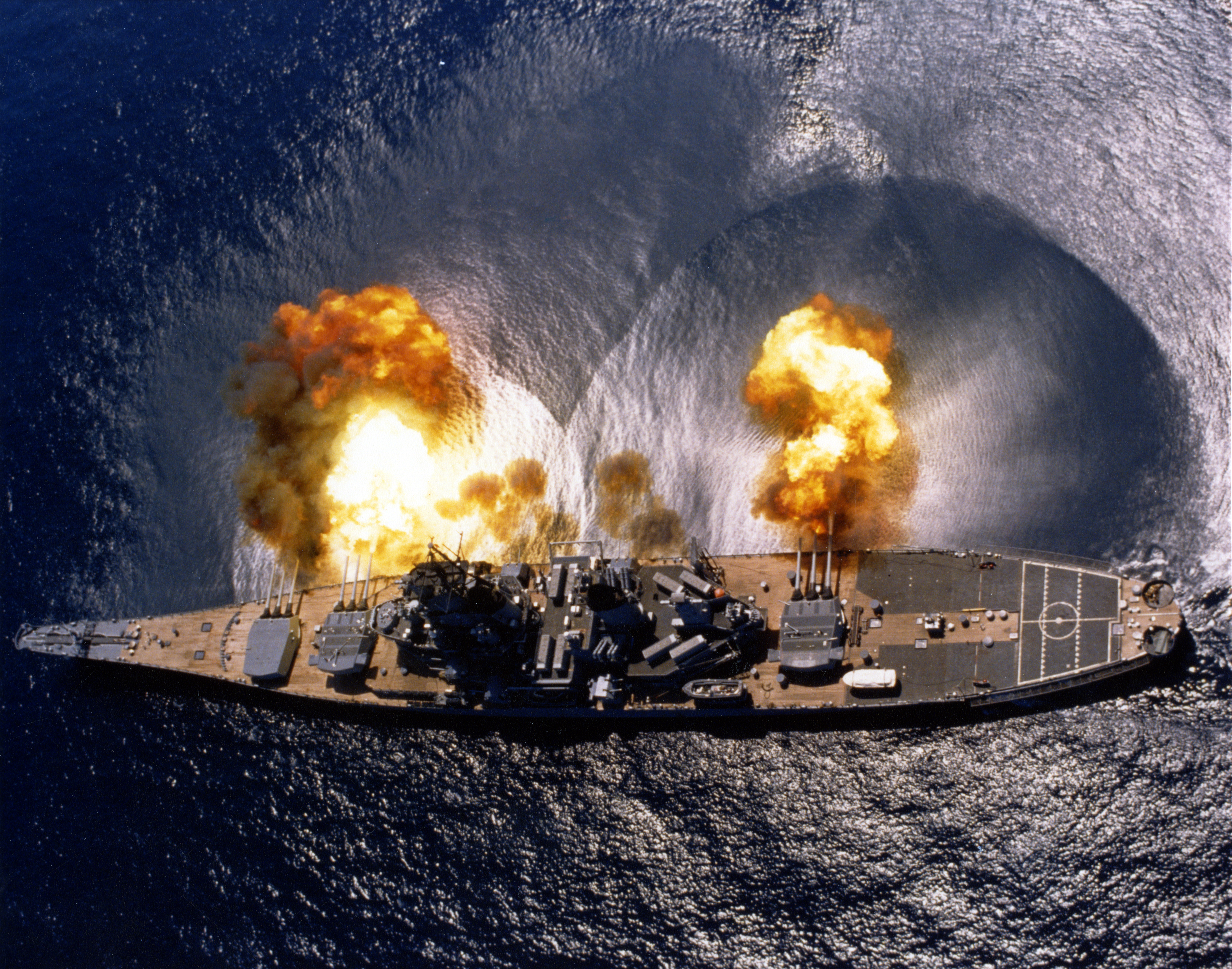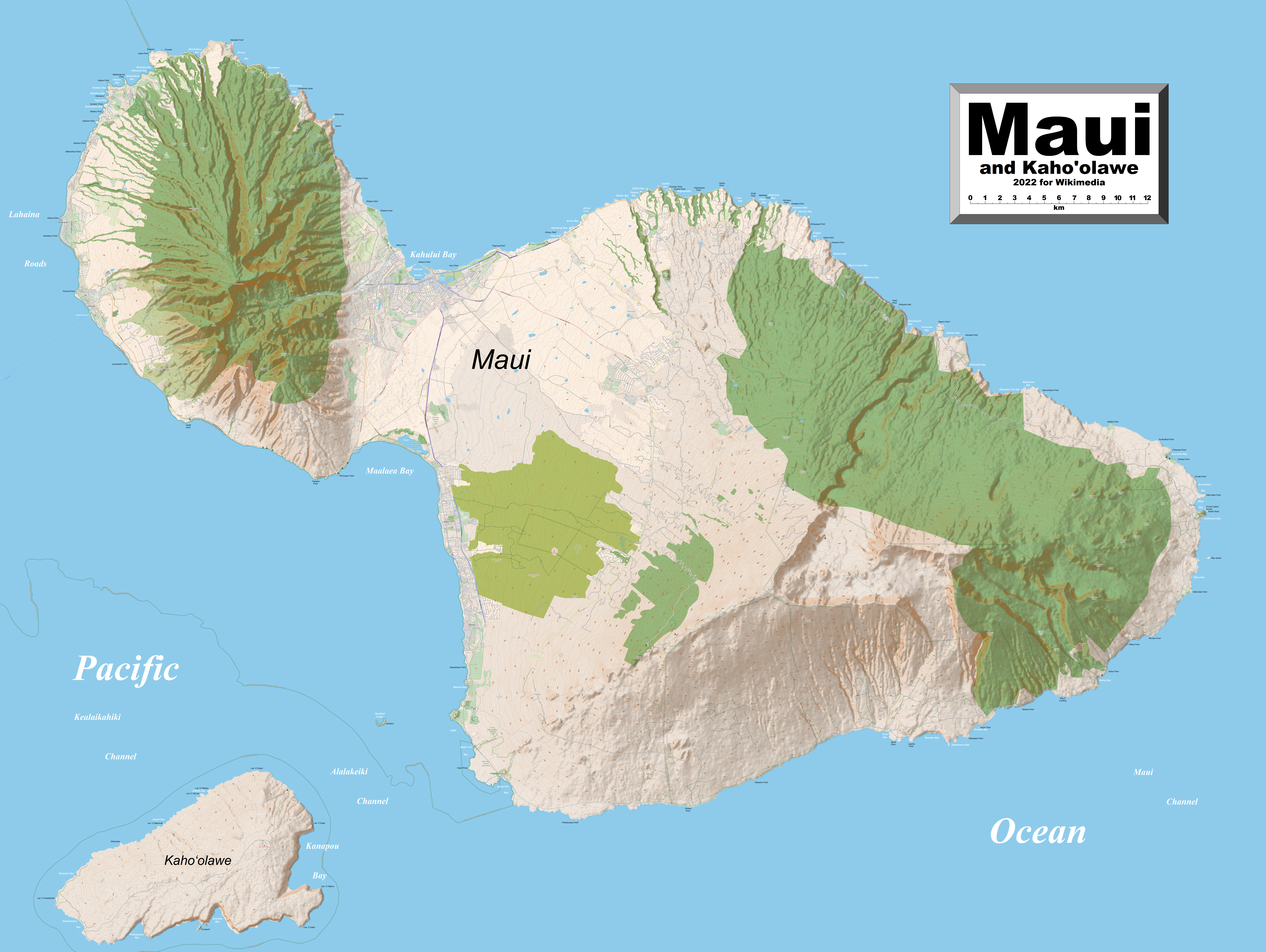|
Olowalu, Hawaii
Olowalu is a community on the west side of the island of Maui in the state of Hawaii. It is located about south of Lahaina on the Honoapiilani Highway. It is a census-designated place (CDP), with a population at the 2020 census of 100. It once sustained a large population, governed by the high chiefess Kalola, daughter of Maui ruler Kekaulike, and grandmother of Keopuolani. It was home to a traditional farming community until the arrival of the Europeans, who replaced it with a sugarcane plantation. The massacre in 1790, as well as the labor-intensive sandalwood trade up-country, contributed to the site's decline. A substantial real estate development is under consideration for the area. The area is home to one of Hawaii's most striking reefs. Puu Honua From ancient times, Olowalu was considered a place of refuge, or ''puu honua'', by Hawaiians. Persons pursued for committing an offense against a family group or an ali'i (royal) were untouchable once they stepped inside its b ... [...More Info...] [...Related Items...] OR: [Wikipedia] [Google] [Baidu] |
Census-designated Place
A census-designated place (CDP) is a Place (United States Census Bureau), concentration of population defined by the United States Census Bureau for statistical purposes only. CDPs have been used in each decennial census since 1980 as the counterparts of incorporated places, such as self-governing city (United States), cities, town (United States), towns, and village (United States), villages, for the purposes of gathering and correlating statistical data. CDPs are populated areas that generally include one officially designated but currently unincorporated area, unincorporated community, for which the CDP is named, plus surrounding inhabited countryside of varying dimensions and, occasionally, other, smaller unincorporated communities as well. CDPs include small rural communities, Edge city, edge cities, colonia (United States), colonias located along the Mexico–United States border, and unincorporated resort and retirement community, retirement communities and their environs. ... [...More Info...] [...Related Items...] OR: [Wikipedia] [Google] [Baidu] |
Kealakekua Bay
Kealakekua Bay is located on the Kona coast of the island of Hawaii about south of Kailua-Kona. Settled over a thousand years ago, the surrounding area contains many archeological and historical sites such as religious temples ( heiaus) and also includes the spot where the first documented European to reach the Hawaiian islands, Captain James Cook, was killed. It was listed in the National Register of Historic Places listings on the island of Hawaii in 1973 as the Kealakekua Bay Historical District. The bay is a marine life conservation district, a popular destination for kayaking, scuba diving, and snorkeling. History Ancient history Settlement on Kealakekua Bay has a long history. ''Hikiau Heiau'' is a luakini temple of Ancient Hawaii located at the south end of the bay, at coordinates . Cook recorded the large platform being about high, long, and wide.Van James, ''Ancient Sites of Hawaii'', 1995, Mutual Publishing, Page 94 The sheer cliff face called Ka-pali-po ... [...More Info...] [...Related Items...] OR: [Wikipedia] [Google] [Baidu] |
Hawaiian Islands
The Hawaiian Islands () are an archipelago of eight major volcanic islands, several atolls, and numerous smaller islets in the Pacific Ocean, North Pacific Ocean, extending some from the Hawaii (island), island of Hawaii in the south to northernmost Kure Atoll. Formerly called the Sandwich Islands by Europeans, the present name for the archipelago is derived from the name of its largest island, Hawaii. The archipelago sits on the Pacific Plate. The islands are exposed peaks of a great undersea mountain range known as the Hawaiian–Emperor seamount chain, formed by volcano, volcanic activity over the Hawaiian hotspot. The islands are about from the nearest continent and are part of the Polynesia subregion of Oceania. The U.S. state of Hawaii occupies the archipelago almost in its entirety (including the mostly uninhabited Northwestern Hawaiian Islands), with the sole exception of Midway Atoll (a United States Minor Outlying Island). Hawaii is the only U.S. state that is sit ... [...More Info...] [...Related Items...] OR: [Wikipedia] [Google] [Baidu] |
Nootka Crisis
The Nootka Crisis, also known as the Spanish Armament, was an international incident and political dispute between Spain and Great Britain triggered by a series of events revolving around sovereignty claims and rights of navigation and trade. It took place during the summer of 1789 at the Spanish outpost of Santa Cruz de Nuca on Vancouver Island. The commander of the outpost, Esteban José Martínez Fernández y Martínez de la Sierra, seized several British merchantmen intending on engaging in the maritime fur trade and building a permanent outpost at Nootka Sound. A public outcry in Britain led to the mobilization of the Royal Navy, and the possibility of war. Both sides called upon allies. The Dutch joined the side of the British; the Spanish Navy was mobilized in response along with French Navy, the navy of Spain's ally France, though the French soon announced they would not go to war. Without French help, Spain had little hope against the British and Dutch, resulting in the S ... [...More Info...] [...Related Items...] OR: [Wikipedia] [Google] [Baidu] |
Thomas Humphrey Metcalfe
Thomas Humphrey Metcalfe (also spelled Metcalf) ( – March 16, 1790) was an American maritime fur trader who worked with his father, Simon Metcalfe. After being separated from his father in a storm, Thomas sailed a small schooner with a crew of four from the vicinity of China to Nootka Sound on Vancouver Island where he was arrested by the Spanish. After being released he sailed to Hawaii, hoping to find his father. Instead, he was attacked and killed by Native Hawaiians in revenge for misdeeds committed by his father just days before. Early family life Little is known about Thomas Metcalfe's life apart from the events of about 1787–1790. Thomas's father, Simon was born in London, England, in the mid-18th century. In 1763 he married Catherine Humphrey. They immigrated to the Province of New York about 1765. Fur trading voyage In the late 1780s Simon Metcalfe owned a 190-ton brig named ''Eleanora''. In February 1787 he sailed from New York City with his two teenage sons, Thom ... [...More Info...] [...Related Items...] OR: [Wikipedia] [Google] [Baidu] |
Schooner
A schooner ( ) is a type of sailing ship, sailing vessel defined by its Rig (sailing), rig: fore-and-aft rigged on all of two or more Mast (sailing), masts and, in the case of a two-masted schooner, the foremast generally being shorter than the mainmast. A common variant, the topsail schooner also has a square topsail on the foremast, to which may be added a Topgallant sail, topgallant. Differing definitions leave uncertain whether the addition of a Course (sail), fore course would make such a vessel a brigantine. Many schooners are Gaff rig, gaff-rigged, but other examples include Bermuda rig and the staysail schooner. Etymology The term "schooner" first appeared in eastern North America in the early 1700s. The term may be related to a Scots language, Scots word meaning to skip over water, or to skip stones. History The exact origins of schooner rigged vessels are obscure, but by early 17th century they appear in paintings by Dutch marine artists. The earliest known il ... [...More Info...] [...Related Items...] OR: [Wikipedia] [Google] [Baidu] |
Naval Artillery
Naval artillery is artillery mounted on a warship, originally used only for naval warfare and then subsequently used for more specialized roles in surface warfare such as naval gunfire support (NGFS) and anti-aircraft warfare (AAW) engagements. The term generally refers to powder-launched projectile-firing weapons and excludes self-propelled projectiles such as torpedoes, rockets, and missiles and those simply dropped overboard such as depth charges and naval mines. Origins The idea of ship-borne artillery dates back to the classical era. Julius Caesar wrote about the Roman navy's usage of ship-borne catapults against Celtic Britons ashore in his ''Commentarii de Bello Gallico''. The dromons of the Byzantine Empire carried catapults and Greek fire. From the Middle Ages onwards, warships began to carry cannons of various calibres. In the Battle of Tangdao in 1161, the Southern Song general Li Bao used huopao (a type of gunpowder weapons, possibly cannons) and fire arro ... [...More Info...] [...Related Items...] OR: [Wikipedia] [Google] [Baidu] |
Simon Metcalfe
Simon Metcalfe (also spelled Metcalf) (April 23, 1741 – 1794) was a British-born American surveyor and one of the first American maritime fur traders to visit the Pacific Northwest coast. As early visitors to the Hawaiian Islands in 1789, Metcalfe and his son Thomas Humphrey Metcalfe unwittingly provided Western military weapons and advisors for Kamehameha I, when two of their men and a ship and its armaments were captured. These helped the chief win strategic battles and unify the Hawaiian Islands. The son Thomas and most of his crew were killed about 1789-1790 in an attack by Hawaiian warriors, which the father never learned about. Simon Metcalfe later returned to the Pacific Northwest. He and all but one of his crew were killed in 1794 in an attack by Haida people, Haida warriors who were allowed on the ship for trading. This was in what were then known as the Queen Charlotte Islands, now known as Haida Gwaii in present-day British Columbia, Canada. Life Simon Metcalfe was b ... [...More Info...] [...Related Items...] OR: [Wikipedia] [Google] [Baidu] |
Massacre
A massacre is an event of killing people who are not engaged in hostilities or are defenseless. It is generally used to describe a targeted killing of civilians Glossary of French words and expressions in English#En masse, en masse by an armed group or person. The word is a Loanword, loan of a French term for "butchery" or "carnage". Other terms with overlapping scope include war crime, pogrom, mass killing, mass murder, and extrajudicial killing. Etymology ''Massacre'' derives from late 16th century Middle French word ''macacre'' meaning "slaughterhouse" or "butchery". Further origins are dubious, though the word may be related to Latin ''macellum'' "provisions store, butcher shop". The Middle French word ''macecr'' "butchery, carnage" is first recorded in the late 11th century. Its primary use remained the context of animal slaughter (in hunting terminology referring to the head of a stag) well into the 18th century. The use of ''macecre'' "butchery" of the mass killing ... [...More Info...] [...Related Items...] OR: [Wikipedia] [Google] [Baidu] |
Maui No Ka 'Oi Magazine
Maui (; Hawaiian: ) is the second largest island in the Hawaiian archipelago, at 727.2 square miles (1,883 km2). It is the 17th-largest in the United States. Maui is one of Maui County's five islands, along with Molokai, Lānai, Kahoolawe, and Molokini. In 2020, Maui had a population of 168,307, the third-highest of the Hawaiian Islands, behind Oahu and Hawaii Island. Kahului is the largest census-designated place (CDP) on the island, with a 2020 population of 28,219. It is Maui's commercial and financial hub. Wailuku is the county seat and was the third-largest CDP . Other significant populated areas include Kīhei (including Wailea and Makena in the Kihei Town CDP), Lāhainā (including Kāanapali and Kapalua in the Lāhainā Town CDP), and Upcountry Maui (including Makawao, Pukalani, Kula, and Ulupalakua), although Lāhainā was mostly destroyed by fire in 2023. Once part of Maui Nui, Maui is dominated by two volcanic features: Haleakalā in th ... [...More Info...] [...Related Items...] OR: [Wikipedia] [Google] [Baidu] |





